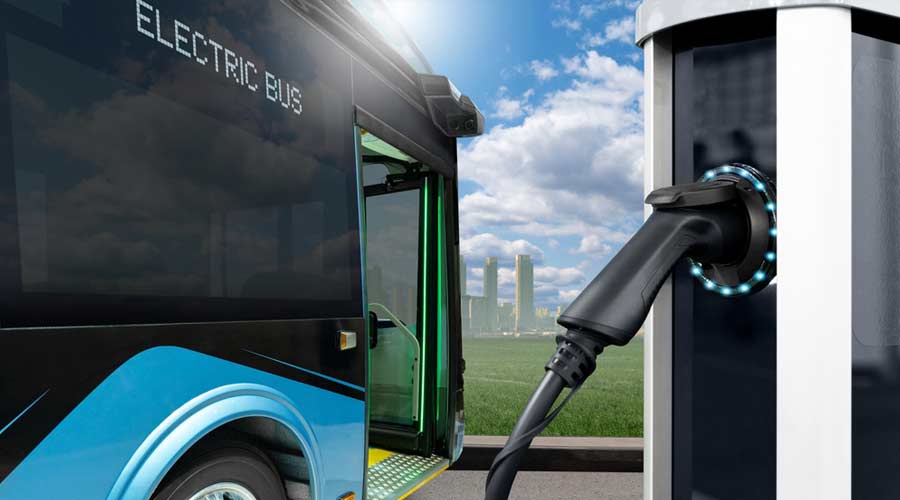We Wacky Humans
In green buildings, it's not unusual to see well-meaning signage programs that target occupant behavior. But how likely is it for a person to change behavior based on reading a sign? It turns out that providing information about sustainable behaviors mostly leads to understanding of what sustainable behaviors are, but doesn't correlate to a change. We are strange birds, and nudging human behavior is a complicated business. Behavioral economics studies are lending some insights into the nature of human choices and behavior, and what the real drivers are.
>>>> Humans are not rational robots, and our decisions and behaviors may seemingly be counter to our own interests, economic and otherwise. This is not to say we aren't interested in money, but that we are complicated. We often rely on gut instincts to make decisions, and we often shut down and do nothing in the face of complex situations. We like to feel in control of our decisions, and we also like to be "normal" (possibly while also being "special").
>>>> Our evolution as social, biological creatures seems to offer many explanations for our quirks. When it comes to messages that prompt behavior, we are wired to be better in situations that require an acute response to a cause. If a lion is roaring at us, we know to react. Unfortunately, environmental problems tend to be slow moving and involve complicated, indirect causes. It takes ages for us to agree there is a problem, and the complexity of untangling indirect and diverse causes can easily overwhelm. We are also prone to sticking to social norms, and the power of our commitments to each other is a strong motivator.
>>>> Given this, efforts to engage building occupants and operators in sustainability in general and LEED-EBOM initiatives specifically should focus on how best to make the desired behavior the default behavior (identify and remove points of resistance, and make the behavior convenient and enjoyable), and how to incentivize uptake of a new behavior, particularly by using our inclinations to be socially normal.
This is more difficult than putting up a sign, so drawing from existing frameworks and case studies is paramount. Some good examples include:
- The Sacramento Municipal Utility District's deployment of the smiley face icon to encourage residential customers to save energy.
- A town in Oregon that used roving Boy Scouts to enroll residents in an energy audit program.
- Tricking kids into eating healthy by putting a nice bowl of fruit next to the cafeteria cash register. (See "For Further Reading" in Part 3.)
>>>> Doug McKenzie-Mohr's Fostering Sustainable Behavior website
(www.cbsm.com) provides many examples, and promotes a framework that includes identifying barriers (e.g., inconvenience), tapping into appropriate tools (e.g., real-time feedback, commitments, social norms, etc.), piloting before fully rolling out an initiative, and building in mechanisms for ongoing evaluation of how it's working.
— Jenny Carney and Trista Little |














